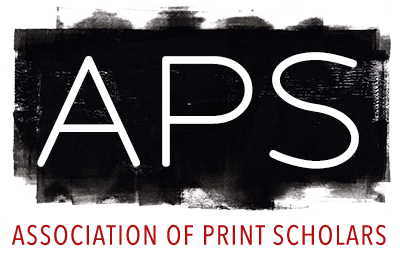CFP: Visual representations of the body in health and disease in the early modern period, 1450-1750 (Munich, 28-30 Mar 19)
Numerous pictorial images of healthy and diseased body are handed down from the early modern period, in art, in popular media, in medicine and science. They reflect the ever contemporary perception and understanding of the human body and its diseases in the socio-cultural change. They bring prevailing assumptions about physical differences figuratively expressed, for instance between "nations" and "race" between the sexes, between rich and poor, city and countryside, or young and old, and they convey implicit and explicit social, moral and religious reviews of physical characteristics, phenomena, infirmity and disease.
Medical historians have often resorted to such images to illustrate their books and articles. Apart from scientific illustrations in the narrow sense, but they have only very limited their systematic investigation as a source effort sui generis and their positioning in the history of art, representation techniques and viewing habits. The art-historical research has in turn analyzed numerous artistic representations of healthy and diseased bodies in detail. She has that but not consistent and linked in the necessary nuance with the respective underlying, often complex medical ideas about the body and its diseases as in the scholarly literature of the time and - not necessarily in identical form - among the lay population and among artists circulated.
The aim of the workshop is against this background to promote a dialogue between medicine and art historians on this topic. We want to jointly explore and discuss how the ruling - and changing the course of the early modern period - ideas about the body and its diseases characterized the pictorial representation in art, science and popular media and how these ideas were implemented artistically. Contributions to the workshop, individual, especially meaningful works or cycles take in the view or focus on specific genres and formats, for example, portraits, wonder illustrations, anatomical drawings, or even, in the respective temporal and cultural context, the graphic representation of individual body structures, such as eyes or skin, study of physical (according to contemporary estimates) phenomena and characteristics as the emotions and temperaments, or by certain diseases such as dropsy, Leprosy or "French disease".
The workshop will bring together German-speaking and foreign researchers. The presentations should therefore be held usually in English. an anthology is to emerge, with contributions in German or English, depending on the origin of the author / the author of the workshop.
The travel costs (within Europe, 2nd class or economy flight) and accommodations in Munich will be paid for by the Historisches Kolleg.
Applications should include a CV and abstract (200 to 300 words) submitted via email at michael.stolberg@uni-wuerzburg.de
Medical historians have often resorted to such images to illustrate their books and articles. Apart from scientific illustrations in the narrow sense, but they have only very limited their systematic investigation as a source effort sui generis and their positioning in the history of art, representation techniques and viewing habits. The art-historical research has in turn analyzed numerous artistic representations of healthy and diseased bodies in detail. She has that but not consistent and linked in the necessary nuance with the respective underlying, often complex medical ideas about the body and its diseases as in the scholarly literature of the time and - not necessarily in identical form - among the lay population and among artists circulated.
The aim of the workshop is against this background to promote a dialogue between medicine and art historians on this topic. We want to jointly explore and discuss how the ruling - and changing the course of the early modern period - ideas about the body and its diseases characterized the pictorial representation in art, science and popular media and how these ideas were implemented artistically. Contributions to the workshop, individual, especially meaningful works or cycles take in the view or focus on specific genres and formats, for example, portraits, wonder illustrations, anatomical drawings, or even, in the respective temporal and cultural context, the graphic representation of individual body structures, such as eyes or skin, study of physical (according to contemporary estimates) phenomena and characteristics as the emotions and temperaments, or by certain diseases such as dropsy, Leprosy or "French disease".
The workshop will bring together German-speaking and foreign researchers. The presentations should therefore be held usually in English. an anthology is to emerge, with contributions in German or English, depending on the origin of the author / the author of the workshop.
The travel costs (within Europe, 2nd class or economy flight) and accommodations in Munich will be paid for by the Historisches Kolleg.
Applications should include a CV and abstract (200 to 300 words) submitted via email at michael.stolberg@uni-wuerzburg.de
Relevant research areas: Western Europe, Renaissance, Baroque, 18th Century, Book arts, Engraving, Etching, Relief printing
[ssba]

Leave a Reply
You must be logged in to post a comment.